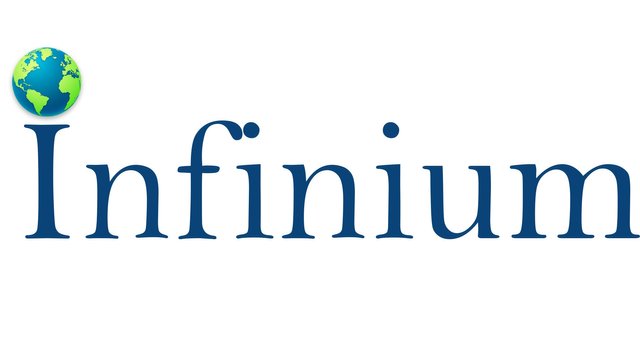Unveiling the Future of Medical Imaging: Advances in Image Analysis Software

The global medical image analysis software market is experiencing robust growth, driven by advancements in healthcare technology and increasing demand for precise diagnostic tools. According to the report, the market is projected to grow at a compound annual growth rate (CAGR) of 8% over the forecast period of 2022-2028. The market, valued at USD 4 billion in 2022, is expected to reach USD 6 billion by 2028.
What Is Medical Image Analysis Software?
Medical image analysis software is designed to enhance the interpretation of medical images by providing advanced tools for processing and analyzing data from imaging techniques such as MRI, CT scans, X-rays, and ultrasound. These software solutions use algorithms and artificial intelligence to assist healthcare professionals in diagnosing diseases, planning treatments, and monitoring patient progress with greater accuracy and efficiency.
Get Sample pages of Report: https://www.infiniumglobalresearch.com/reports/sample-request/715
Market Dynamics and Growth Drivers
Several factors are contributing to the growth of the global medical image analysis software market:
Technological Advancements: Innovations in artificial intelligence (AI), machine learning, and deep learning are revolutionizing medical image analysis. AI-powered algorithms can identify patterns, detect anomalies, and provide diagnostic support, leading to improved accuracy and faster results.
Rising Incidence of Chronic Diseases: The increasing prevalence of chronic diseases such as cancer, cardiovascular diseases, and neurological disorders is driving the demand for advanced diagnostic tools. Medical image analysis software plays a crucial role in early detection and management of these conditions.
Growing Demand for Personalized Medicine: The shift towards personalized medicine requires precise and detailed analysis of medical images to tailor treatments to individual patient needs. Medical image analysis software facilitates this by providing detailed insights and predictive analytics.
Increasing Healthcare Expenditure: Higher healthcare spending globally is supporting the adoption of advanced diagnostic tools and technologies. Investments in healthcare infrastructure and technology are driving the growth of the medical image analysis software market.
Integration with Electronic Health Records (EHR): The integration of medical image analysis software with EHR systems is enhancing the efficiency of healthcare delivery. This integration allows for seamless access to patient data and imaging results, improving the overall diagnostic process.
Regional Analysis
North America: North America is a leading region for medical image analysis software, supported by advanced healthcare infrastructure, high adoption rates of technology, and significant investments in research and development. The U.S. and Canada are key contributors to market growth.
Europe: Europe is witnessing steady growth in the medical image analysis software market, driven by a strong focus on healthcare innovation and supportive regulatory frameworks. Countries such as Germany, France, and the U.K. are at the forefront of adopting advanced diagnostic technologies.
Asia-Pacific: The Asia-Pacific region is experiencing rapid growth in the medical image analysis software market due to increasing healthcare needs, rising investments in healthcare technology, and growing awareness of advanced diagnostic tools. Emerging economies like China and India are significant contributors to market expansion.
Latin America and Middle East & Africa: These regions are gradually adopting medical image analysis software, supported by increasing healthcare investments and the need for improved diagnostic capabilities. Market growth is influenced by rising healthcare awareness and advancements in technology.
Competitive Landscape
The medical image analysis software market is competitive, with several key players and emerging companies driving innovation and market growth. Notable players include:
Siemens Healthineers: Offers a range of advanced medical image analysis solutions integrated with AI and machine learning technologies.
GE Healthcare: Provides cutting-edge imaging software and diagnostic tools designed to enhance clinical workflows and diagnostic accuracy.
Philips Healthcare: Specializes in medical imaging solutions with a focus on AI-driven analysis and personalized diagnostics.
IBM Watson Health: Leverages AI and cognitive computing to offer advanced medical image analysis and diagnostic support.
Mirada Medical: Provides imaging software solutions for oncology and radiology, emphasizing precision and workflow efficiency.
Report Overview : https://www.infiniumglobalresearch.com/reports/global-medical-image-analysis-software-market
Challenges and Opportunities
The medical image analysis software market faces challenges such as high costs of advanced software solutions, data security concerns, and the need for continuous updates and maintenance. Additionally, there may be variations in software performance and interoperability issues.
However, there are significant opportunities for growth. Advances in AI and machine learning, increasing demand for personalized medicine, and expanding healthcare infrastructure present avenues for market expansion. Companies focusing on innovation, integration with EHR systems, and addressing data security concerns are well-positioned to capitalize on the growing demand for advanced diagnostic tools.
Conclusion
The global medical image analysis software market is set for significant growth, driven by technological advancements, increasing healthcare needs, and rising investments in diagnostic tools. With revenue expected to reach USD 6 billion by 2028, the market offers substantial opportunities for innovation and investment. As the healthcare industry continues to evolve, medical image analysis software will play a crucial role in enhancing diagnostic accuracy and improving patient outcomes.